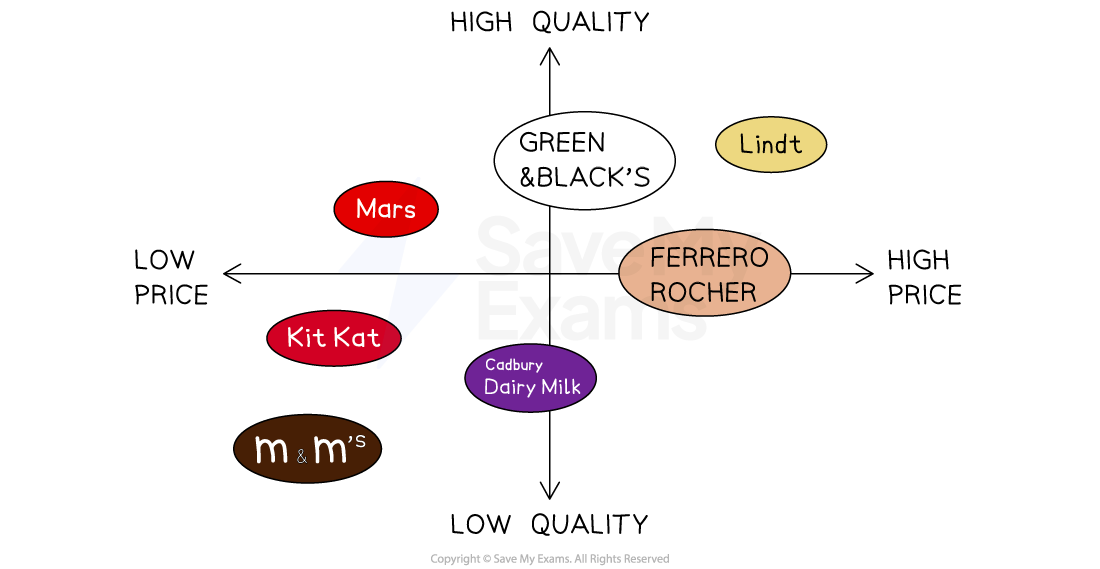Marketing Planning
- Marketing planning is the process of formulating marketing strategies and tactics that will help a business achieve its marketing objectives
- Three tools of marketing planning include
- Market segmentation
- Market mapping
- Market positioning
- A marketing plan commonly includes the following elements

A marketing plan usually contains four key elements
1. Marketing objectives
- These are specific SMART (specific, measurable, achievable, relevant, and time-bound) goals and may include
- Increasing market share
- Maximising sales revenue in a particular region or for a certain product
- Achieving distribution targets
- Improving brand awareness
2. Resources
- Planning which resources are required and where they will come from
- This may include finance, staff time and expertise, as well as the capital expenditure required to achieve the marketing objectives
- This may include finance, staff time and expertise, as well as the capital expenditure required to achieve the marketing objectives
3. Research
- Marketing research identifies the factors expected to impact upon the marketing plan, such as
- Market size and growth
- Market segments
- Competitor positioning
- Customer tastes, preferences and views
- The nature of distribution channels
4. The marketing mix
- This involves planning the medium- and short-term marketing activities the business intends to undertake and who is responsible for them, including
- Pricing strategies and tactics
- Promotional activity
- Distribution and logistical plans
- Product specifications, features and packaging
- Physical evidence such as branding
- How people and process are developed to support delivery of the rest of the marketing mix



